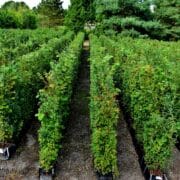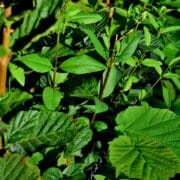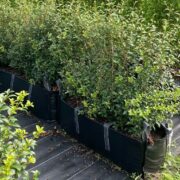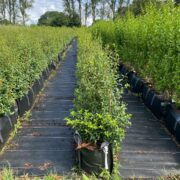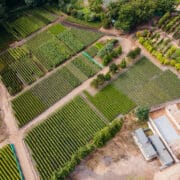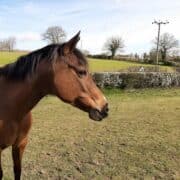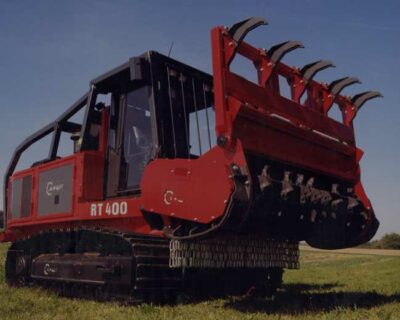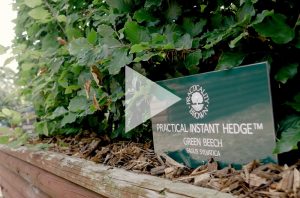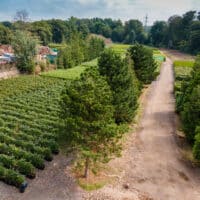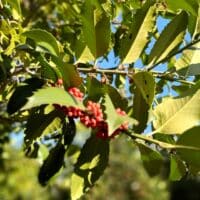Native Mix Instant Hedge
Native Mix hedging is one of the most popular in the UK, and it’s easy to see why. Hedgerows are a common sight in the British countryside and are part of our rich heritage. Hedges are usually planted to define property boundaries and provide privacy or to give shelter from prevailing winds. Our Native Mix Instant Hedging contains plants that are all native to the UK and as such emulate these traditional country hedgerows.
Mixed Native hedges create a natural look and contain a variety of colours and textures which provide a rich living collage for excellent seasonal interest from the early spring blossoms to fruits and berries in the autumn. Hedges made from flowering and fruiting native plants are a massive boon for wildlife too, as many will be attracted by the food and shelter opportunities.
Even if you only have a relatively small garden, a native hedge can look very attractive, especially if your garden backs onto open fields.
Native hedging, by its very nature will thrive on most soil types and can be planted in all but the deepest of shade. It will tend to grow quite quickly at some 30 – 60 cm per year and will require pruning once or twice a year, ideally in the summer. A native hedge can be kept to a formal shape if clipped regularly, or it can be left to have a wilder look, when it will prove even more wildlife friendly. However this hedge is cared for, the mixture of plants gives it plenty of interest at different times of the year.
Practicality Brown’s Practical Native Mix Instant Hedge generally contains roughly equal quantities of the following native species: Blackthorn, Hawthorn, Hazel, Hornbeam and Privet.
Blackthorn
Blackthorn (Prunus spinosa) has long spikes that make a good deterrent to unwanted intruders while wildlife benefits from the early white spring flowers and fruit known to gardeners (and gin drinkers!) as sloes
Hawthorn
Hawthorn (Crataegus monogyna) is a native hedging staple. Its dense habit and thorny growth give it excellent stock-proofing properties and a good site for birds looking for somewhere discreet to nest or roost. Creamy-coloured flowers are followed by red berries.
Hazel
Large, downy leaves of hazel (Corylus avellana) support a range of moth caterpillars, while the flowers attract many bee species. The fruits (nuts) are popular with squirrels.
Hornbeam
Hornbeam (Carpinus betulus) has significant wildlife value as a food, shelter and roosting site. It does not shed all of its leaves in winter, which can provide shelter throughout the winter months. While the catkins are a rich food source for insects, birds and mammals.
Privet
Privet (Ligustrum vulgare) is attractive to wildlife. Bees visit the clusters of cream flowers and birds feed on the black berries. Privet Hawk Moth, the UK’s largest resident Hawk-moth, feeds on the nectar and whose caterpillars can be found on the foliage.
Practicality Brown’s award-winning Practical Native Mix Instant Hedge is available from 1m to 2m high. This mixed native instant hedge has been used in award-winning RHS Flower Show Gardens. For more details, see the project page on our website.
For more details, including a quote, please email trees@pracbrown.co.uk or call 01753 652022 for more information
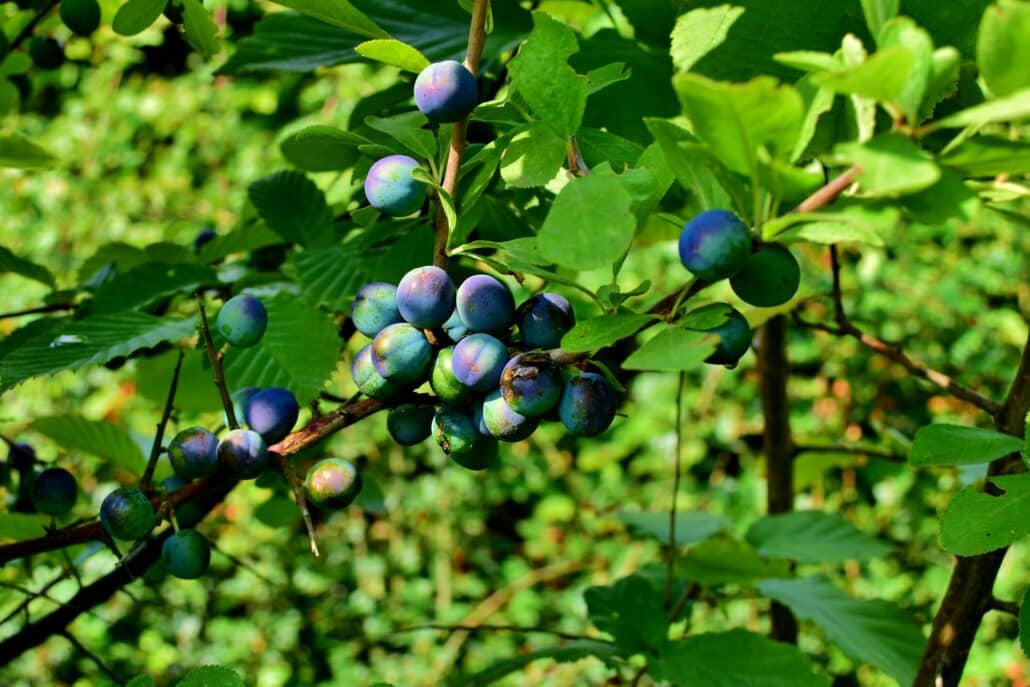
Blackthorn hedge with sloes
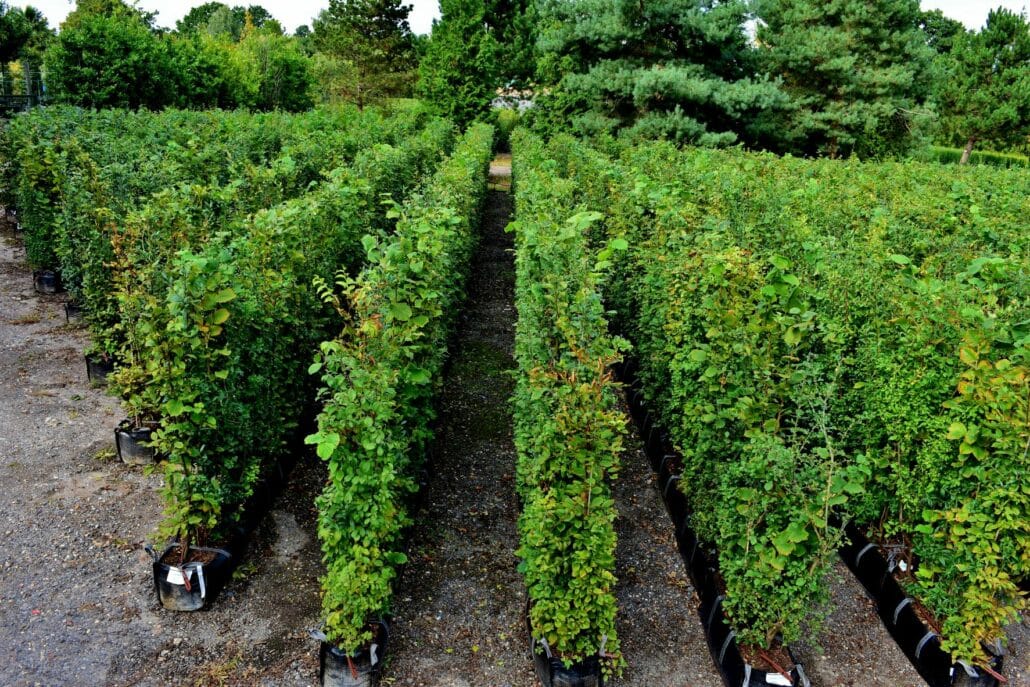
Native Mix Instant Hedge growing at Practicality Brown’s nursery in Iver
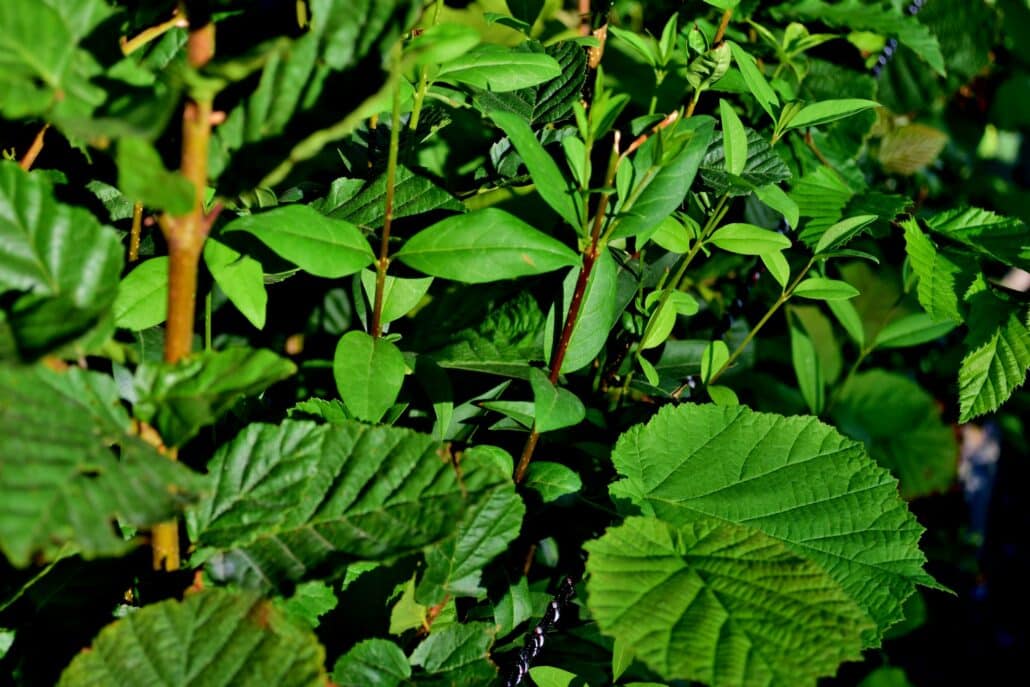
Mixed Native Hedging close up

